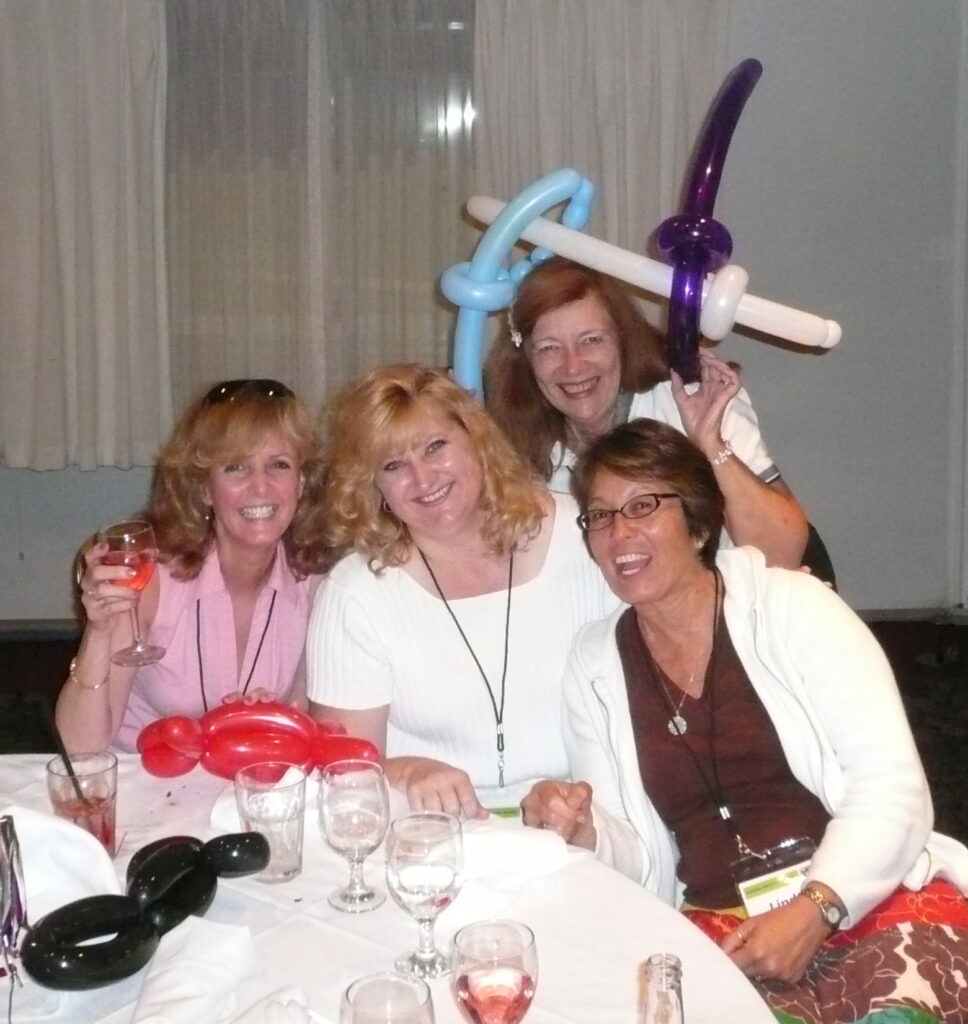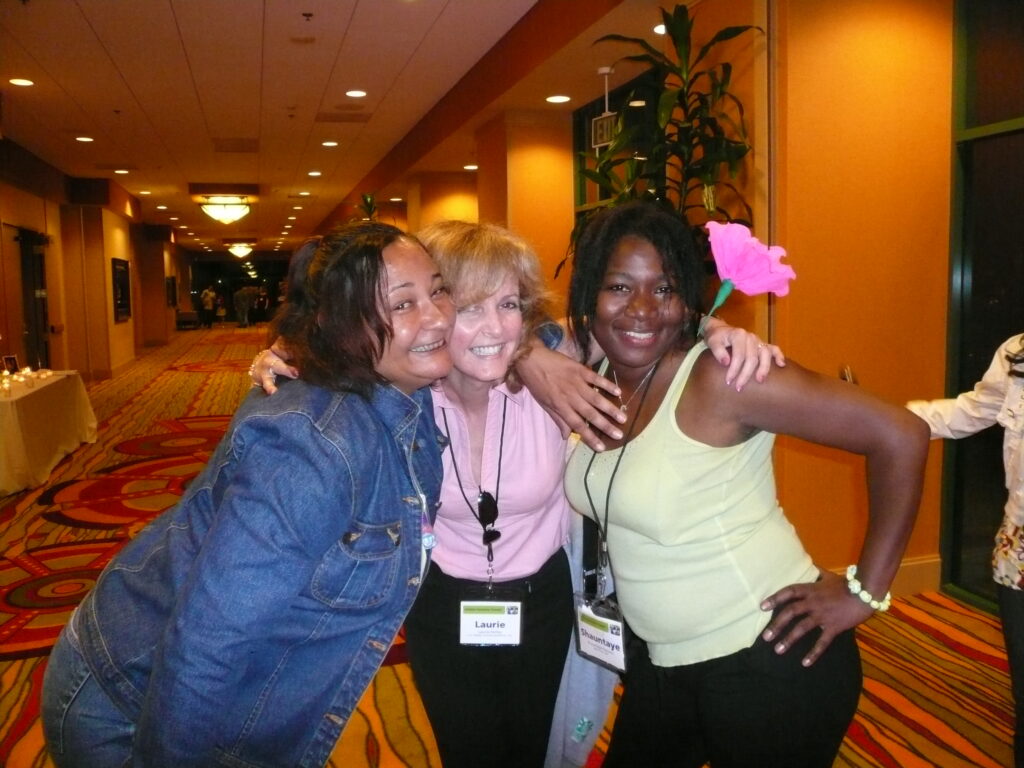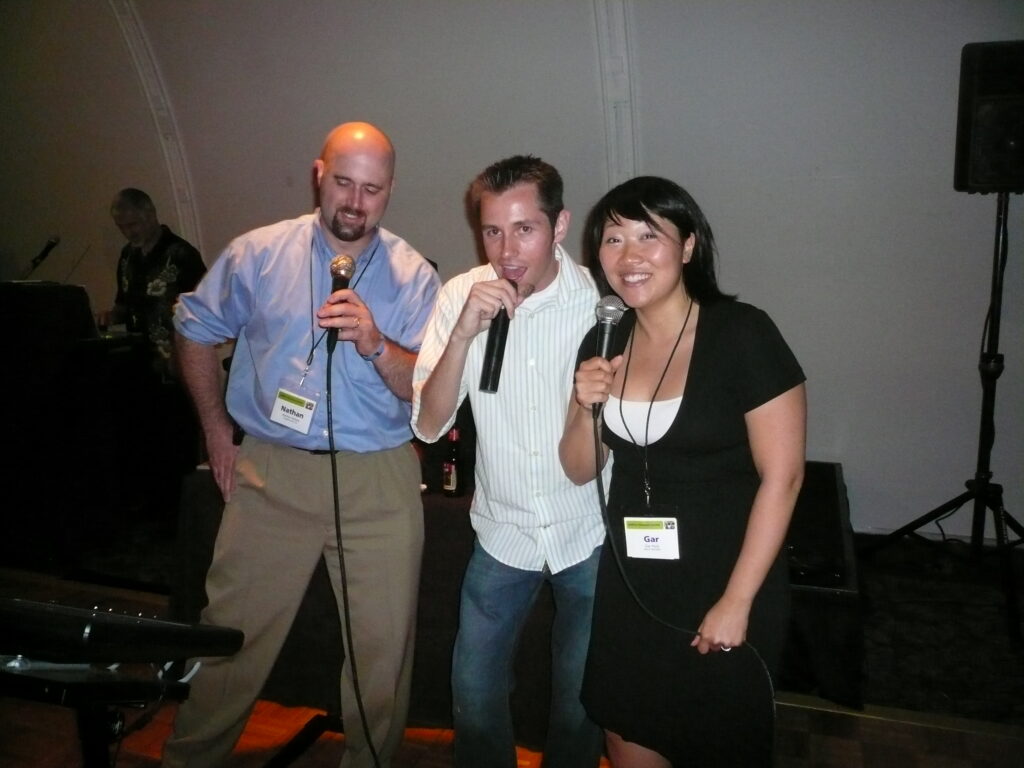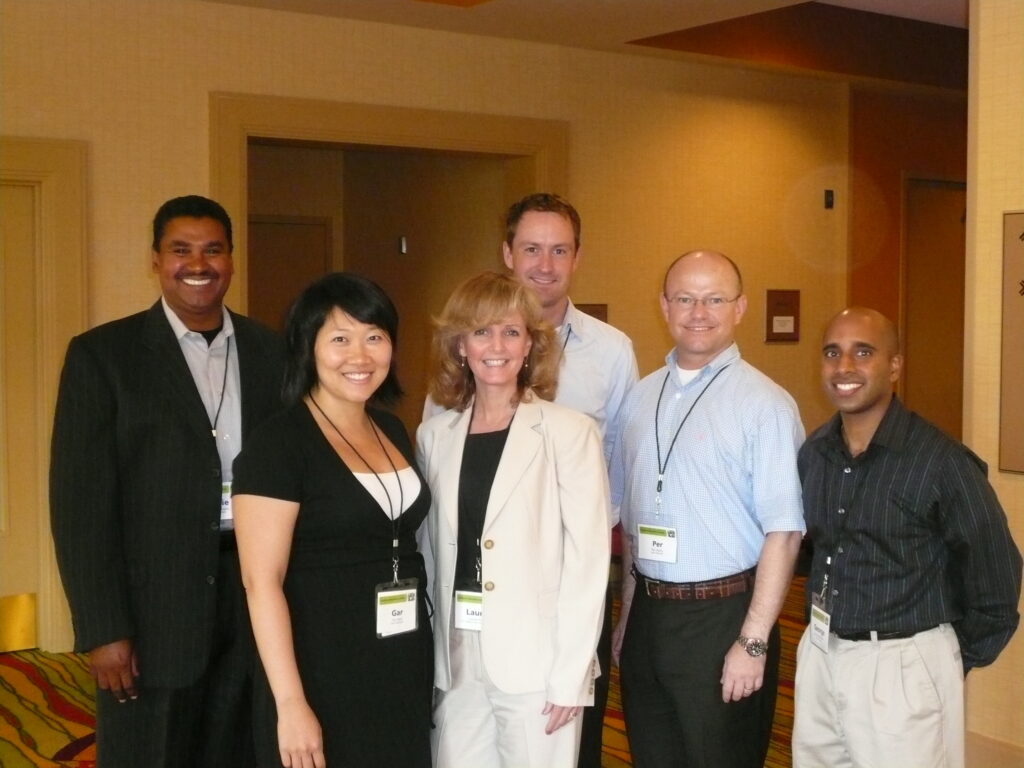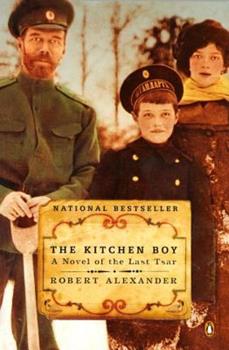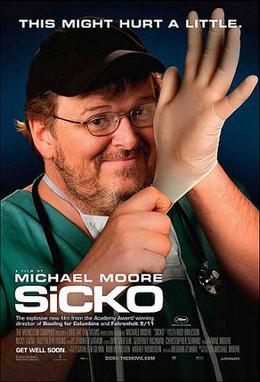Hemophilia in the Philippines
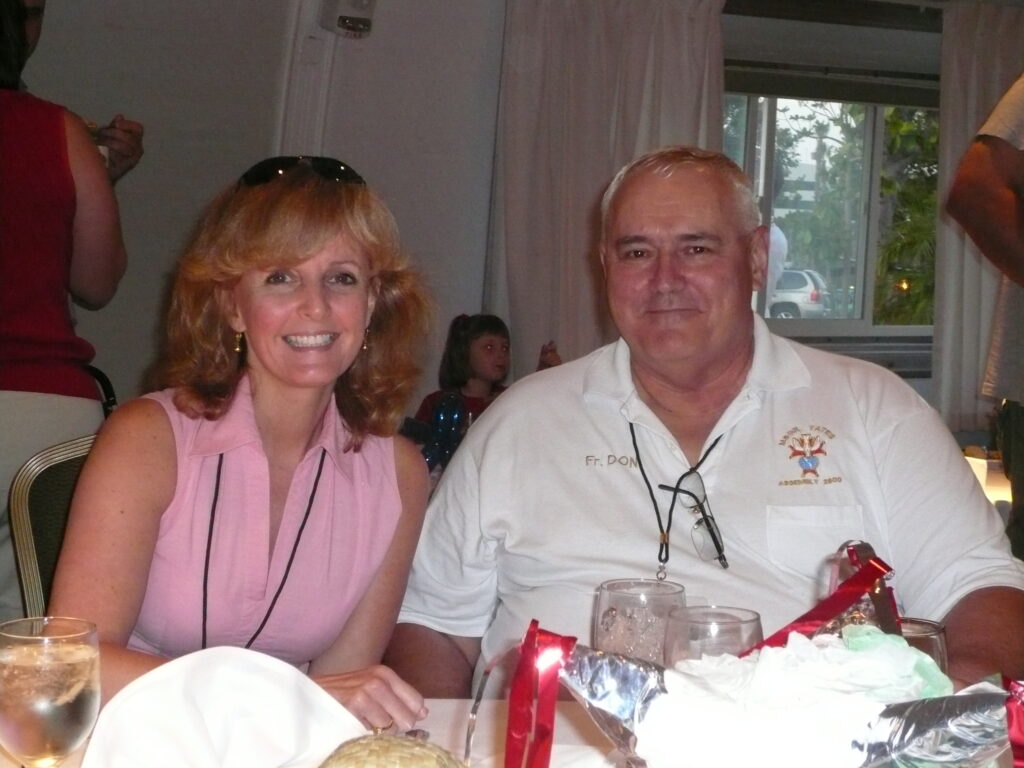
We enjoyed a visit last Friday by Father Don Kill, a Columban priest who has a mission in the Philippines. He operates a home for teens without families or homes. About five years ago he discovered a boy on the streets who was unable to walk, and whose family was unable to care for him. Father Don took him in and through a variety of testing to find out what was wrong, discovered that “Dodong” had hemophilia; even Dodong didn’t know it. Father Don contacted his home parish in Toledo, Ohio, for help, which then contacted an Ohio NHF chapter, which then contacted us! Dodong soon had a donation of factor.
Since then, Father Don has discovered about 20 children with hemophilia throughout the province he works in. Through our partnership, we are bringing care to all. Father Don registers the boys with the national hemophlia organization, has them tested at the HTC in Manila, and requests factor donations from Project SHARE. As Father Don is a trusted colleague, we also enrolled many of the boys in Save One Life, our child sponsorship program. So in addition to factor, these boys are getting an annual stipend of $240 to ease the burden of poverty and a chronic disorder.
Every year Father Don comes to the US to visit all his sponsors and to fund raise. This includes a visit to us, to brief us on developments, to collect more factor to bring to the Philippines, and to go to lunch with us. This year we made extra contributions to pay for having some of the boys travel to Manila for testing, and also contributed to pay for antibiotics for one young man with inhibitors, who is having a very rough time currently. Father Don is a valued partner in care, and our boys in the Philippines are fortunate to have such an angel on their side. And so are we!
If you’d like to learn more, visit www.SaveOneLife.net




